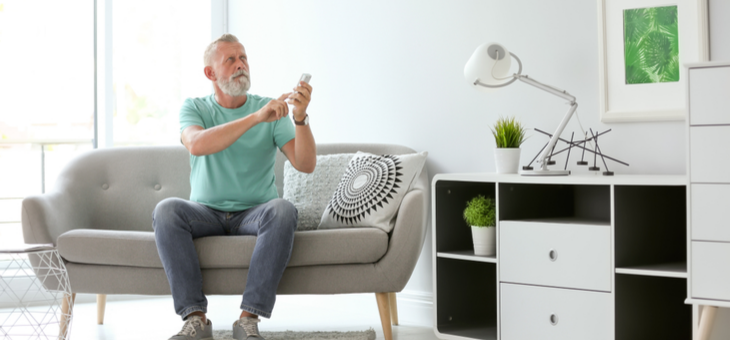Hard on the heels of the Victorian Government offering $50 to anyone who compares their energy provider on its Victorian Energy Compare website, the New South Wales Government has announced another cost-saving initiative.
It has launched an electricity bill comparison service to help consumers “save hundreds of dollars on their energy bill”. The initiative, called Energy Switch, comes a week after a NSW parliamentary inquiry report found retail electricity prices in the state had risen by 52 per cent in the past 10 years and that profit margins for retailers were “excessive”.
“Energy Switch is a game changer and is more than just another government comparison website,” says NSW Premier Gladys Berejiklian.
“For the first time for an Australian government, customers can switch providers in minutes with the click of a mouse or a chat with Service NSW.
“We know many families and individuals are facing cost-of-living pressures and this new measure could help them save hundreds, if not thousands, of dollars a year.”
As some current and former politicians pressure the Federal Government to revive the National Energy Guarantee, National Electrical and Communications Association chief executive Suresh Manickam says householders could cut their energy bills through recent technological advances they may not be aware of.
“The first step is getting an energy efficiency audit,” he told news.com.
“Many electricians are trained for this, so speak to your local sparky or visit yourenergysavings.gov.au to find an accredited provider.”
So what are the chief culprits that ramp up your electricity consumption?
According to Canstar Blue, a typical split-system air conditioner costs between 25 and 95 cents an hour to run. If it was in operation for six hours a day over summer, the cost could be more than $500. To ensure the unit is running as efficiently as possible, Canstar Blue recommends that householders routinely clean the filters.
Queensland Consumers Association spokesman Ian Jarratt told news.com that people should use an air conditioner’s economy mode, if available, and use fans to further circulate cool air.
“Do not set the air conditioner at a very low temperature,” he said. “Every degree set below 24 degrees increases power consumption by about 10 per cent.
“In addition to lowering power bills now, using less power for air conditioning also helps reduce peak power demand, which in the long run will reduce the need for expensive extra investment in networks and generation that is likely to be reflected in higher power prices.”
The Department of Environment and Energy offers the following tips for older Australians.
Close off rooms not in use.
Shut doors and vents to unused areas and only heat or cool the rooms you’re using.
Draught-proof any gaps.
Sealing gaps and cracks to stop air leaking is a cheap way to cut your energy bill by up to 25 per cent. Use a draught stopper to prevent air leaking under doors. Where possible, apply weather seals to windows, skirting boards, skylights and cornices.
Improve window efficiency.
Prevent heat loss or gain with well-fitted curtains and blinds to trap a layer of air next to the window. Close curtains during the hottest part of the day in summer.
Use fans before air conditioning.
Fans cost around two cents per hour to run, much less than air conditioners, and reduce the temperature by 2°C or 3°C. Fans can be used to improve the effectiveness of cooling systems.
Consider your hot water usage.
Heating water accounts for around 15 to 27 per cent of household energy use. The recommended setting for thermostats is 60°C for storage hot water systems and no more than 50°C on instantaneous systems. If away for more than a week, turn off your storage hot water system to save money and energy.
Think carefully when buying and using appliances.
Appliances account for up to 30 per cent of household energy consumption. Use the Energy Rating website or the Energy Rating Calculator app for your phone, to compare running costs of appliances. A higher star-rated model may cost a little more upfront, but will reduce energy use and total costs.
Washing clothes in warm water uses 10 times more energy than a cold water wash.
Turn off standby mode.
Many appliances use power when left on, even if not in use. This can account for three per cent of household electricity consumption. Most can be switched off at the power point.
Check your lighting usage.
Lights use around 10 per cent of the average household electricity budget. Use efficient reading lamps rather than lighting a whole room. Switch lights off when you leave the room and consider sensors for outdoor lights.
Replace old-style globes with LEDs (light emitting diodes), which use around 80 per cent less energy. They should also last between four and 10 times longer.
Have you ever asked an electrician to do an energy audit of your home? What did you learn?
Related articles:
Energy prices hit pensioners hard
Cash for comparing energy providers
Electricity market is broken: ACCC

